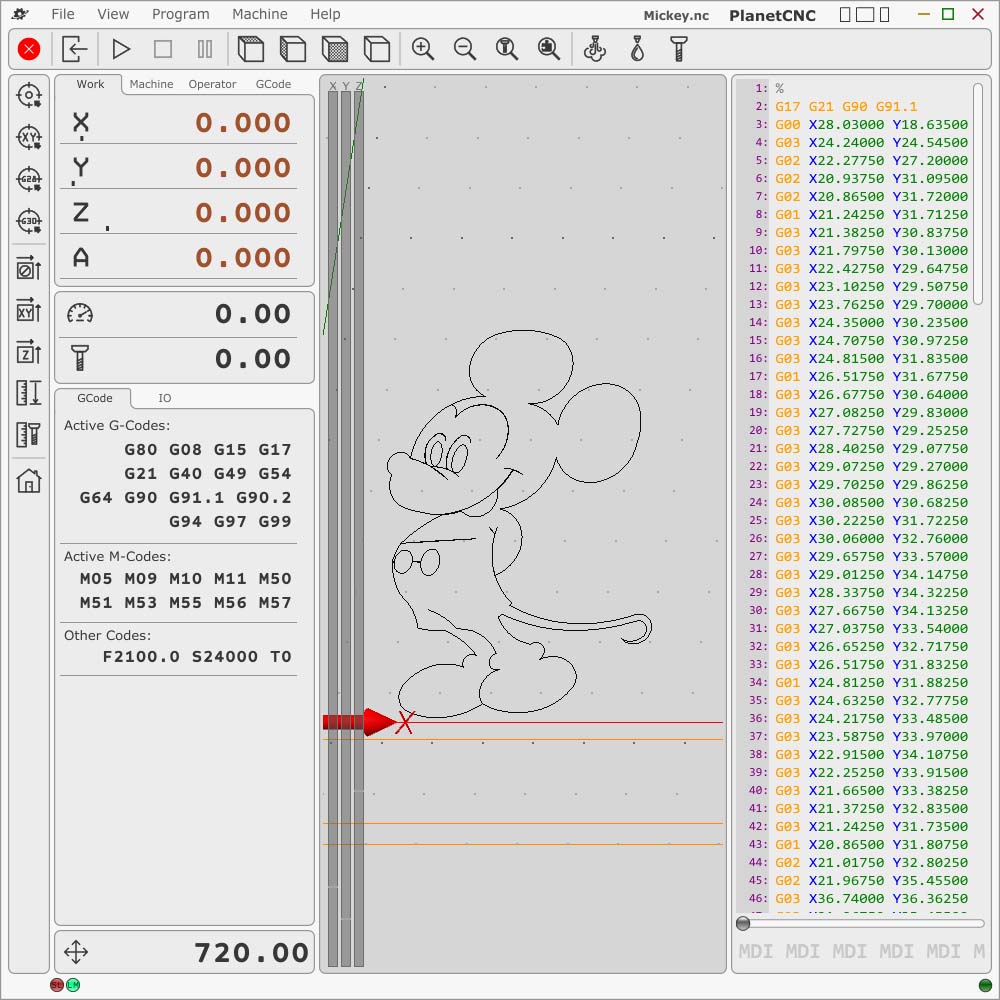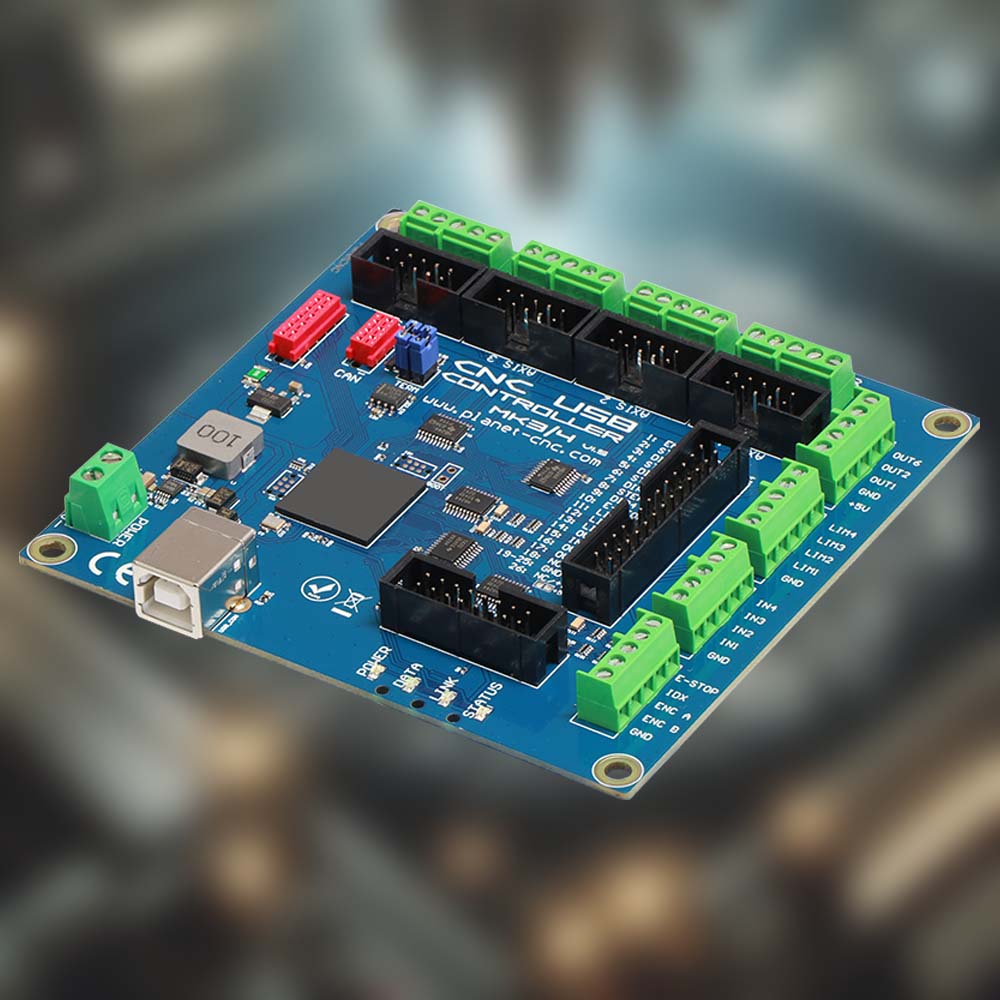What Is Plasma Cutting?
Plasma cutting is a method used to cut materials like steel, stainless steel, aluminum, brass, and copper using a jet of very hot plasma. This technique is popular in industries such as manufacturing, automotive repair, and construction because it can quickly and precisely cut both thick and thin materials. Unlike traditional cutting, which uses tools to mechanically cut materials, plasma cutting melts the metal using a hot, electrically charged gas and then uses a stream of this gas to remove the melted metal.
Recently, plasma cutting has become even better thanks to new technologies. Modern plasma cutters have more precise controls and sharper torches that can make detailed cuts with better quality edges. These machines can be connected to CNC systems, allowing for automated, exact cuts that repeat perfectly and are based on digital designs. New safety features and the ability to use less energy also make plasma cutting more popular. Additionally, newer plasma systems can use different gases, which helps to cut different materials more effectively and quickly depending on their thickness and type.
Software is very important for plasma cutting because it helps design the cuts and guides the cutting process. CAD (Computer-Aided Design) and CAM (Computer-Aided Manufacturing) software help create detailed plans for projects and turn them into instructions that the cutters can follow. These programs also automatically adjust settings like power, gas type, and cutting speed to make the cutting more efficient and accurate. High-end plasma cutters now often include systems that monitor the cutting in real-time, making on-the-spot adjustments and reducing waste by predicting and correcting any issues as they happen. By integrating advanced software and control systems, plasma cutting remains a leading technology in industrial making, known for its precision and high productivity.


What we recommend?
Choose PlanetCNC TNG software to get:
Comprehensive Compatibility: PlanetCNC TNG software works well with many CNC milling machines. This makes it easy to use the software with different types of equipment, ensuring you can handle many kinds of milling projects, from small prototypes to large productions.
Advanced Features and User-Friendly Interface: The software has many advanced options like full cutter compensation, advanced algorithms for shaping, and supports both 3D and traditional 2D milling. It is designed to be user-friendly, helping users do their work more efficiently and making complex tasks simpler.
Robust Support for G-Code and CAM Programs: PlanetCNC TNG software is compatible with G-code from leading CAM (Computer-Aided Manufacturing) programs. This means you can easily bring in and use designs from various CAD/CAM software, making your work process smoother and decreasing the chance of mistakes when moving from design to actual milling.
Choosing between the PlanetCNC Mk3/9 and Mk3/4 controllers depends on several factors including your specific needs, budget, and the complexity of your CNC operations. Here are some recommendations to consider:


Choose the Mk3/9 Controller if:
You Require More Inputs and Outputs: If your CNC operations involve complex setups or you anticipate needing to manage multiple tools and processes simultaneously, the Mk3/9 controller's increased number of inputs and outputs can be extremely beneficial. This would be especially useful in production environments where automation and precision are critical.
You Need Ethernet Connectivity: The Mk3/9’s Ethernet capability enhances robustness to connect seamlessly with other components for stable integration into modern workshop environments. This is particularly valuable for noisier environments that have lot of equipment that produces electrical interference.
Future Expansion: If you plan to scale up your operations or think you might need to upgrade your system capabilities in the future, investing in the Mk3/9 could save you from needing to buy a new controller later on.


Opt for the Mk3/4 Controller if:
You Are on a Tight Budget: If cost is a significant constraint, the Mk3/4 offers a more budget-friendly option that still delivers the core functionalities needed for efficient CNC milling.
Your Operations Are Less Complex: For smaller operations or if you're just starting out and don't require a large number of inputs and outputs, the Mk3/4 controller should suffice. It provides the essential features needed for effective CNC control without the additional cost for capabilities that you may not use.
Simplicity is Key: If your project or workshop benefits from a straightforward setup without the need for advanced networking, the simpler Mk3/4 can meet your needs effectively.
In summary, if your operations and future plans justify the need for more connectivity and versatility, and the budget allows, the Mk3/9 is likely the better choice. However, if you are looking to save money and your current requirements are modest, the Mk3/4 will serve you well.

